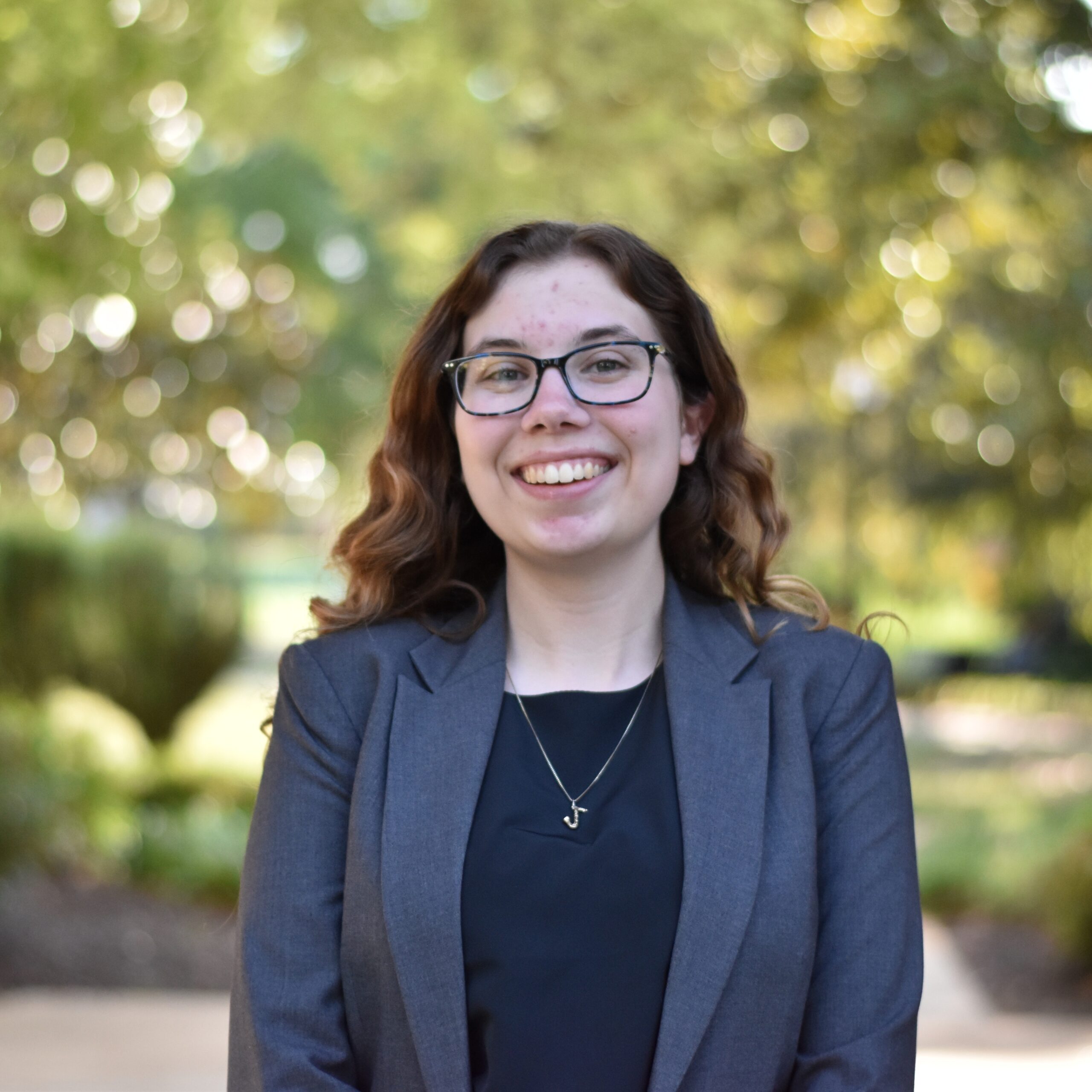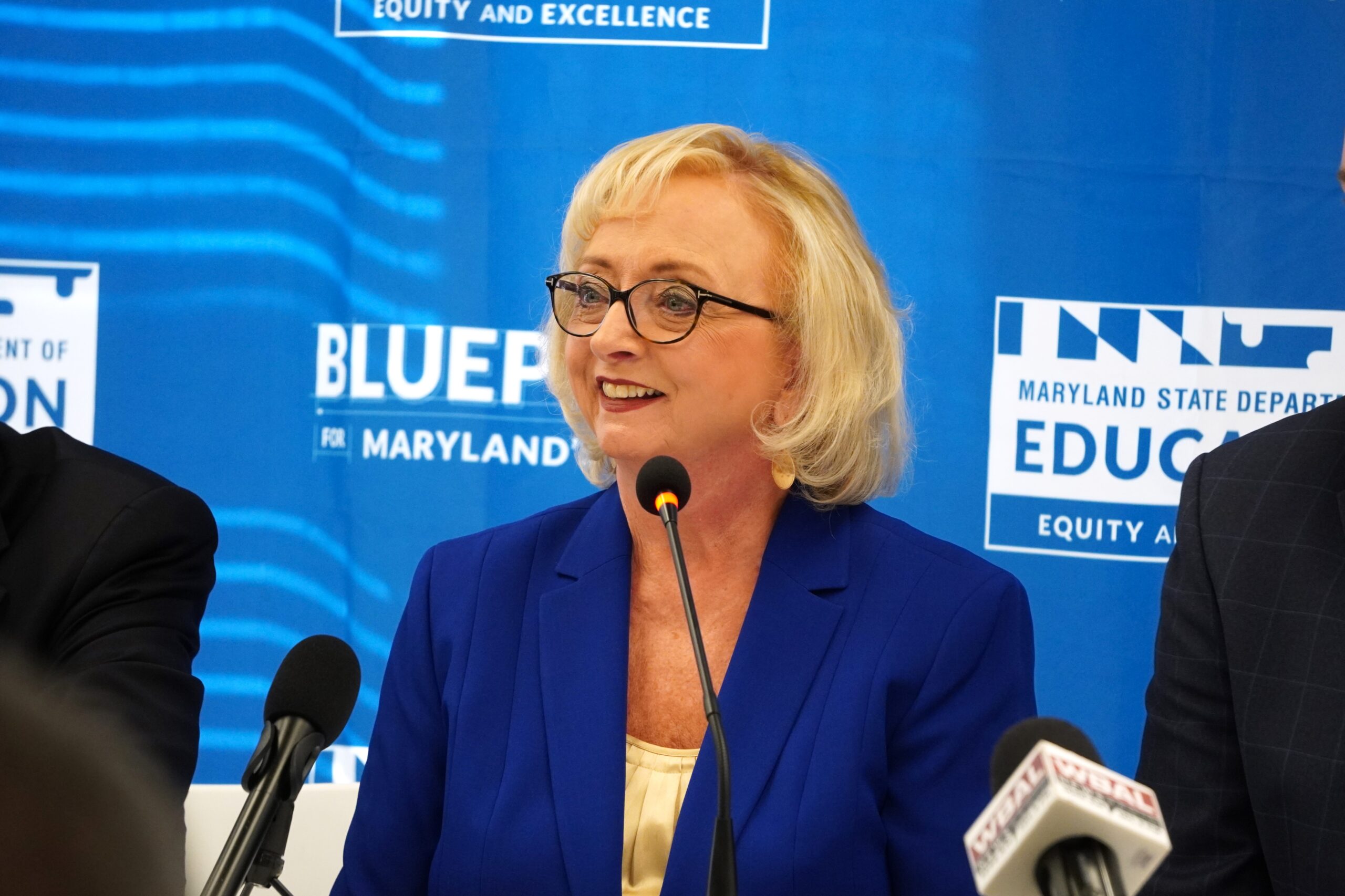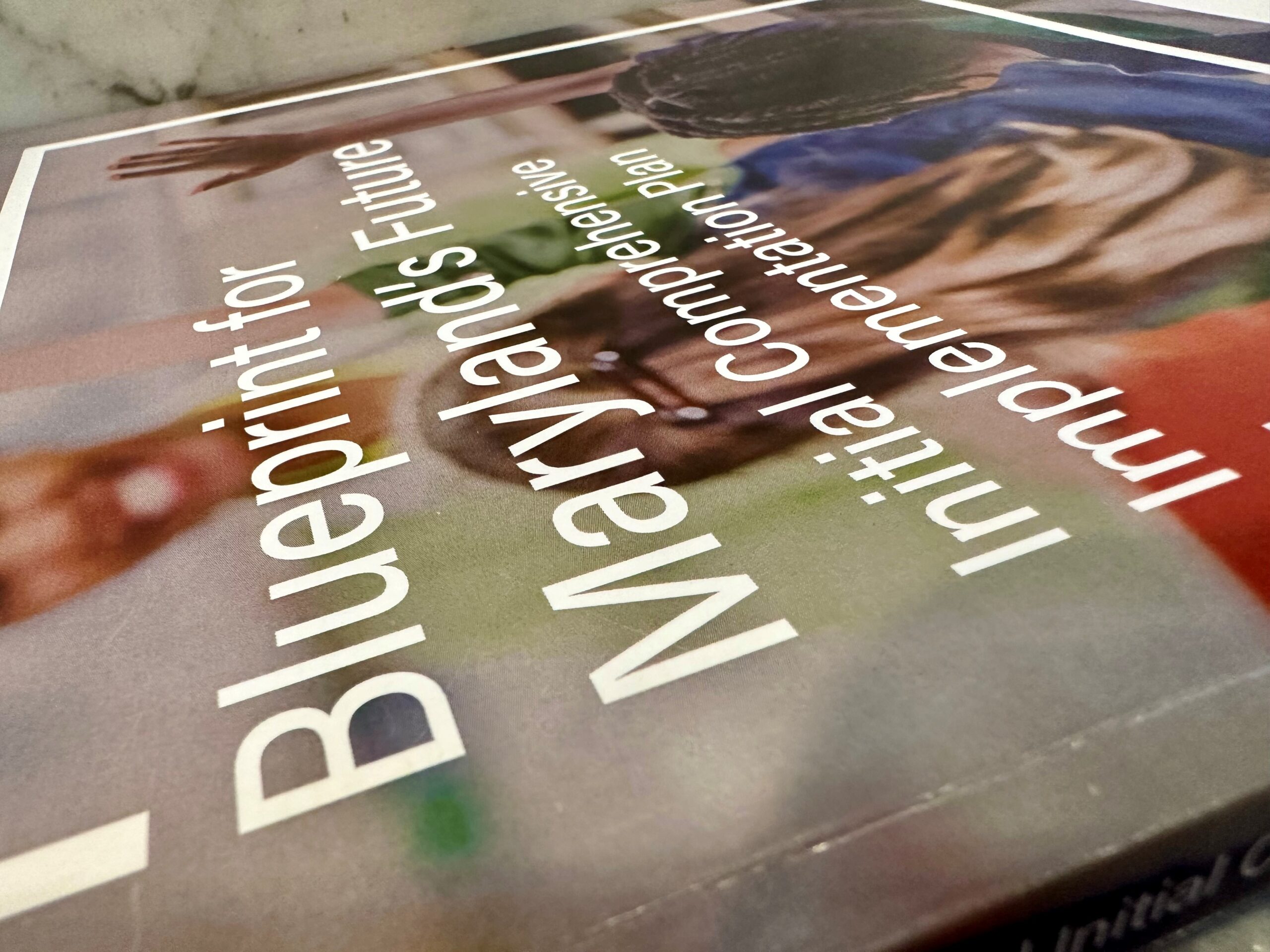Researchers look at how to help more community college students gain four-year degrees

Community colleges and four-year universities can work together to improve the transfer student experience, a data report from the U.S. Department of Education suggests.
The U.S. Department of Education released data about the institutions where transfer students have the highest graduation rates in each state, with New Jersey, New York, Illinois, Maryland and Virginia doing the best. At the other end were South Dakota, Delaware, Indiana, New Mexico and Louisiana.
The announcement of this report came in conjunction with a November summit featuring hundreds of higher education leaders, at Northern Virginia Community College in Annandale, Virginia.
The Department of Education data highlighted an ongoing problem of poor graduation outcomes among college transfer students.
While attending community college has become increasingly common for students in recent decades, schools have not accommodated their practices to match this demand, said Josh Wyner, who is a founder and executive director of the College Excellence Program at the Aspen Institute.
“When community colleges only educated a small percentage of Americans back in the 1950s and before, there just weren’t a lot of students that were starting at community college and moving onto a four-year school,” Wyner said.
Today, about 40% of all undergraduate students attend community colleges, Wyner said, and most of them plan to earn a bachelor’s degree.
In a press release announcing the Northern Virginia summit and data report, U.S. Secretary of Education Miguel Cardona said there needs to be increased support for transfer students.
“Our current higher education system stacks the deck against community college students who aspire to earn four-year degrees — denying acceptance of their credits, forcing them to retake courses, and ultimately making their educational journeys longer and costlier than they need to be,” Cardona said in the press release.
Pairing two-year and four-year institutions
The Department of Education data also focuses on the “dyads,” or community college and four-year institution pairings, that have the highest graduation rates for transfer students.
The report particularly highlights a “top-performing” partnership between Northern Virginia Community College, known as NOVA, and George Mason University’s ADVANCE program. George Mason is a public four-year institution in Fairfax, Virginia.
ADVANCE, which launched in 2018, aims to improve the transfer experience and graduation rates for students, said Jennifer Nelson, the director of university transfer and initiatives at NOVA.
Of the students who transferred from NOVA to George Mason University, 13% graduated with a bachelor’s degree within eight years, according to the Department of Education.
A Maryland dyad that includes Wor-Wic Community College and Salisbury University had a 10% bachelor’s degree graduation rate.
Jason Dodge, the executive director of ADVANCE at George Mason University and NOVA, said there are currently about 4,500 students in the ADVANCE program.
Nelson said that when ADVANCE was first developed in 2017, four key goals were defined to help transfer students. These goals “tend to be the hallmarks” of why students participate in the program, Nelson said.
First, the program seeks to increase associate’s and bachelor’s degree attainment for transfer students, since “completion leads to completion,” Nelson said. The program aims to decrease the amount of time spent earning a degree, as well as lower the cost to do so, Nelson said.
The fourth goal of the program is to increase support for transfer students, including academic advising, Nelson said.
Nelson and Dodge said the ADVANCE program’s collaboration between schools is what makes it special.
“This is a 50/50 program,” Nelson said. “Every decision that’s made regarding this program is a joint decision.”
Support for transfer students
Nelson said the ADVANCE program offers a “streamlined admission process” for community college students seeking to transfer from NOVA to George Mason.
Students join the program early in their time at NOVA, before they have completed over 30 credit hours, Nelson said. Transfer students can spend “no more than five minutes” to complete the ADVANCE program’s free declaration form, Nelson said.
The final part of a student’s onboarding process is to select a curricular pathway, or their major, Nelson said. This pathway serves as a “guide” for transfer students as they work to earn their associate’s degree and move on to George Mason University, Nelson said.
There is also no transfer application or application fee for students in the ADVANCE program, which makes the transition process “seamless” for students, Dodge said.
ADVANCE offers financial aid specifically for these transfer students, and has so far awarded over $2 million in scholarships and grants to participating students at NOVA and GMU, Dodge said.
In addition to having an academic adviser and access to resources at both institutions, students in the ADVANCE program have a coach. This coach “serves as a student’s primary point of contact for the program,” Nelson said.
Nelson said the coach helps make sure the student is sticking to their pathway and taking the right classes, as well as helps connect students to resources at both institutions.
These certified coaches recognize “that what happens outside of the classroom has a direct impact on a student’s ability to excel inside of the classroom,” Nelson said.
Patterns in transfer student data
Wyner said he sees “similar patterns” between his research with the Community College Research Center on National Student Clearinghouse data and the Department of Education’s data.
The data collected from the National Student Clearinghouse data represents 90% of college students, which is more inclusive than the Department of Education’s data report, Wyner said. The Department of Education’s data only represents students who receive financial aid, he said.
Wyner was a presenter at the Department of Education’s November summit at NOVA.
The first pattern, Wyner said, is that both data sets showcase low graduation rates for community college students transferring to four-year universities.
The second pattern is “incredibly variable bachelor’s attainment rates among dyads of institutions,” Wyner said, and these variations exist even within state lines.
“That huge variation, even within states, says that what matters is institutional practice,” Wyner said.
Wyner said that while state policies can make a difference, it’s concerning that “some institutions are doing radically better than others” within the same state. This is “troubling,” he said, because a student’s chance of graduation appears to be tied to the whichever dyad they attend.
If a transfer student attends a community college-university pair with lower graduation rates, that student has “a very small chance of getting a bachelor’s degree,” he said.
“It shouldn’t be a matter of luck as to where you enter community college, in terms of whether you’re ultimately going to get a bachelor’s degree,” Wyner said.
Ensuring success
Wyner said that after the Pell Grant program was established in the 1970s, community college enrollment “dramatically increased” after primarily serving as “access institutions.”
Despite this surge of community college enrollments, “colleges fundamentally didn’t change their practices,” Wyner said.
Community colleges have since been focused on helping students complete their associate degree, but “haven’t worked as hard as they needed to make sure that students succeed after they graduate, that they actually go on to earn the bachelor’s degree that they came for in the first place,” Wyner said.
Four-year universities have primarily focused on first-year student enrollments, Wyner said, even though “the community college population of freshmen and sophomores in our country is as big as the one that starts at four-year schools.”
“Our systems have not caught up to the realities of where students enter college,” Wyner said.
Four-year universities also prioritize first-year students over transfer students when it comes to financial aid, Wyner said.
In Maryland, the community college with the highest transfer-out rate for Title IV students is Montgomery College, at 43%. The University of Maryland College Park has the highest rate of bachelor’s degree completion among community college transfer students, with 76% earning a degree within eight years.
Steps toward transfer student success
With the Community College Research Center, Wyner has studied the colleges with high and improving success rates of transfer students.
These schools demonstrated three characteristics that made this success possible, he said. The colleges prioritize transfer students, create defined programs of study “that extend from the community college into the four-year school with clear course sequences and strong learning outcomes,” as well as offer advising tailored to transfer students, Wyner said.
The first step to improving transfer student success is for leaders at both community colleges and universities to come together and analyze transfer student population data, Wyner said.
Wyner said that schools can further prioritize transfer students by bringing together faculty from individual areas of study from both the two year- and four-year colleges for shared discussions. This can help ensure that those programs of study are “perfectly well-aligned” for a smooth transition from the community college to the four-year college, he said.
“They need to sit down and say, ‘Alright, we’re gonna map out exactly the courses students should take, and we’re going to work hard together to make sure that we’re aligned on our expectations for students and that we’re delivering what students need,’” Wyner said.
Danielle E. Gaines contributed to this report.




 Creative Commons Attribution
Creative Commons Attribution